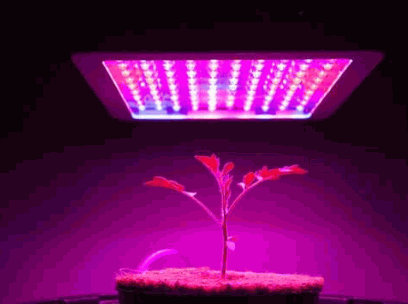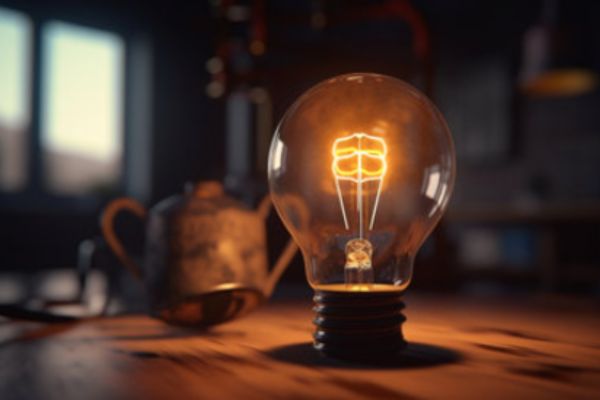
Curious about LED lighting and how it works?
We explore the world of LED lighting, from its energy efficiency and long lifespan to its durability and low heat emission.
Environmental benefits and versatility of LED lighting are discussed, along with the different types available such as LED bulbs, tubes, strips, panels, flood lights, high bay lights, street lights, and grow lights.
Join us as we shed light on the advantages and variations of LED lighting.
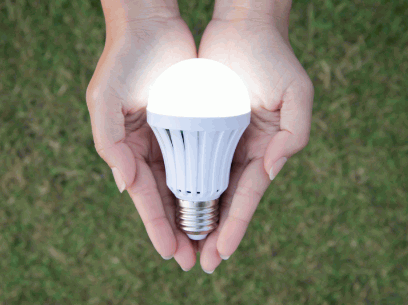
Table of Contents
LED lighting refers to light-emitting diodes that are energy-efficient alternatives to traditional incandescent bulbs, offering numerous benefits in terms of energy savings and environmental performance.
One of the key advantages of LED lighting is its longevity. LED bulbs have a much longer lifespan compared to incandescent bulbs, reducing the frequency of replacements and maintenance costs. LEDs produce less heat, making them safer to use and reducing the risk of fire hazards in homes and commercial spaces.
LED lights are highly versatile and can be found in various forms, including strips, bulbs, and spotlights, allowing for flexible and customized lighting solutions for different environments. The ability to dim LED lights also adds to their appeal, providing control over ambiance and energy consumption.
Dig deeper: Is LED Lighting Sustainable
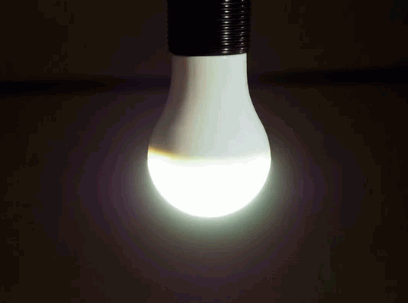
LED lighting operates by converting electricity into light through a semiconductor, emitting minimal heat compared to traditional lighting sources, which enhances efficiency and reduces energy wastage.
Through this energy conversion process, LEDs are able to produce light while significantly minimizing the amount of heat generated, making them highly efficient in their operation.
By leveraging this technology, LED lighting not only consumes less energy but also has a longer lifespan, contributing to cost savings in the long run.
The reduced heat emissions of LEDs have additional benefits, such as lower maintenance requirements and improved safety in various applications.
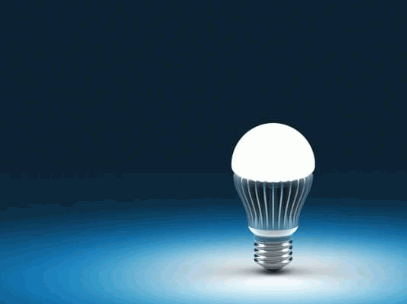
LED lighting offers various advantages, including superior light output, reduced maintenance costs, and enhanced energy efficiency compared to traditional lighting solutions like incandescent bulbs.
One of the significant benefits of LED lighting is its remarkable longevity, lasting up to 25 times longer than incandescent bulbs, which reduces the frequency of replacements and lowers maintenance expenses over time. LED technology also excels in terms of performance metrics, such as color rendering index (CRI) and luminous efficacy, providing brighter and more natural lighting with less energy consumption. LED lights are eco-friendly as they are mercury-free and produce significantly lower greenhouse gas emissions, contributing to a greener environment.
Energy efficiency is a key feature of LED lighting, with many products meeting stringent criteria for the ENERGY STAR rating, ensuring optimal performance while minimizing electricity consumption.
LED lighting stands out as a top choice for eco-conscious consumers looking to reduce their carbon footprint. The ENERGY STAR rating is a reliable indicator of a product's energy-saving capabilities, allowing shoppers to make informed choices. By utilizing advanced technology, LEDs require less power to produce the same, if not better, illumination compared to traditional lighting options. This decreased electricity consumption not only saves money on energy bills but also contributes to a greener, more sustainable environment. The longevity of LED bulbs means fewer replacements, reducing waste and further enhancing their eco-friendly profile.
LED lighting boasts a long lifespan, reducing the frequency of lighting installation and maintenance costs for both residential and commercial settings.
With an average lifespan of around 50,000 hours, LED lights can last up to 25 times longer than traditional incandescent lighting. This remarkable durability not only saves money on replacements and maintenance but also contributes to lower energy consumption and environmental impact.
The longevity of LED lighting products translates into fewer disruptions for homeowners and businesses, as these fixtures require less frequent replacements, resulting in increased overall convenience and efficiency.
LED lighting is known for its durability, making it ideal for various venues with different lighting requirements, from healthcare settings to industrial facilities.
In healthcare settings, the lasting nature of LED lighting ensures consistent illumination for critical tasks and patient comfort. Similarly, industrial facilities benefit from the robustness of LED lighting in withstanding harsh conditions and providing long-lasting brightness for enhanced productivity.
The energy efficiency of LED lighting contributes to cost savings and environmental sustainability, making it a popular choice for both small businesses and large corporations looking to optimize their lighting solutions.
LED lighting emits minimal heat, contributing to a comfortable lighting environment and enhancing color rendering index (CRI) for better visual clarity and aesthetics.
The low heat emission of LED lighting not only reduces the risk of accidental burns or fires, making it a safer option for households and commercial spaces but also significantly lowers overall energy consumption. This energy efficiency not only leads to cost savings but also contributes to a more sustainable and eco-friendly lighting solution.
The enhanced CRI of LED lights ensures that colors appear more natural and vibrant, making them ideal for applications where accurate color representation is crucial, such as in retail settings or art studios.
LED lighting is environmentally friendly, reducing carbon footprint and minimizing the overall environmental impact associated with lighting solutions.
By consuming less energy and lasting longer than traditional lighting sources, LED lighting plays a significant role in sustainability efforts. The use of LED lights not only results in lower electricity bills but also translates to reduced greenhouse gas emissions from power plants. The absence of toxic elements such as mercury in LEDs makes them safer for the environment and easier to dispose of responsibly. The adoption of LED lighting represents a crucial step towards creating a more ecologically conscious and energy-efficient future.
LED lighting offers versatility in applications, with options for dimmers and directional lighting that cater to diverse requirements in residential, commercial, and industrial settings.
These energy-efficient lighting solutions are not only perfect for creating ambiance and highlighting architectural features but also offer practical benefits such as cost savings and longer lifespan. The availability of dimmers allows users to adjust the light intensity to suit different tasks or moods, while directional lighting fixtures enable focused illumination where needed.
Whether it's accentuating artwork in a gallery, enhancing safety in a warehouse, or creating a cozy atmosphere in a living room, LED lighting can be tailored to meet various needs and preferences. The low heat emission of LEDs makes them ideal for sensitive environments, like museums or food storage facilities. Their compact size and design versatility enable them to be incorporated seamlessly into different architectural styles, from modern and minimalist to traditional and ornate.
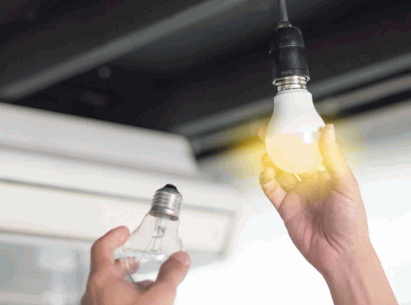
LED lighting comes in various types, including LED bulbs, tubes, panels, strips, flood lights, high bay lights, street lights, and grow lights, each designed for specific lighting needs and applications.
LED bulbs are a popular choice for residential lighting due to their energy efficiency and long lifespan. LED tubes are commonly used in commercial and industrial settings for general lighting purposes. LED panels provide a sleek and modern lighting solution ideal for offices and retail spaces.
LED strips offer flexibility and can be used for decorative lighting, under cabinet lighting, or accent lighting. Flood lights are perfect for outdoor illumination, whether for security purposes or highlighting architectural features.
High bay lights are designed for spaces with high ceilings, like warehouses and gyms, providing bright and uniform lighting. Street lights ensure safety and visibility on roads and highways, with energy-saving benefits.
Grow lights are essential for indoor gardening and hydroponic setups, providing the necessary spectrum of light for healthy plant growth.
LED bulbs are popular for their energy efficiency and directional lighting capabilities, offering a cost-effective and eco-friendly alternative to traditional incandescent bulbs.
One of the standout features of LED bulbs is their longevity, lasting significantly longer than traditional bulbs, which translates to reduced maintenance costs over time. LED bulbs emit very little heat, making them safer to use and reducing the risk of fire hazards in your home. These bulbs come in a variety of color temperatures, allowing you to create different ambiance and moods in your living spaces. The energy-saving benefits of LED bulbs are not only good for your wallet but also contribute to reducing your carbon footprint, making them a win-win choice for both your pocket and the planet.
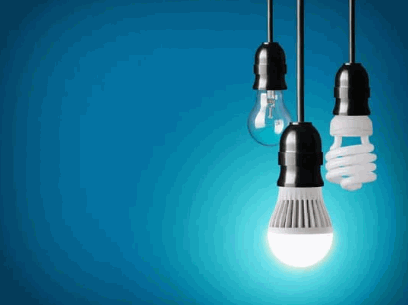
LED tubes are commonly used for lighting installations in commercial and industrial settings, providing long-lasting illumination and reducing maintenance costs over time.
These energy-efficient lighting solutions offer a versatile lighting option that is suitable for various environments. LED tubes are known for their durability and resistance to breakage, making them a reliable choice for areas where traditional fluorescent lighting may be less practical. Additionally, LED tubes can be easily integrated into existing lighting systems, offering a seamless upgrade to more efficient and eco-friendly lighting technology.
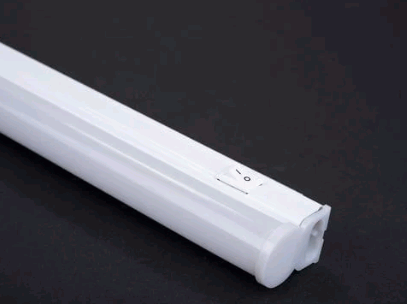
LED strips offer flexible lighting solutions with customizable colors and brightness levels, enhancing the ambiance and visual appeal of indoor and outdoor spaces while improving color rendering.
One of the standout features of LED strips is their ability to create dynamic lighting effects with a wide range of color options, including RGB, warm white, cool white, and single color variations. This versatility allows users to customize the lighting to suit any occasion or mood, from vibrant parties to cozy evenings at home.
LED strips are not just limited to providing illumination; they also serve as an excellent tool for enhancing the overall ambiance of a room or outdoor area. Whether you want to create a relaxing atmosphere with soft, warm tones or a lively setting with vibrant hues, LED strips can transform the space effortlessly.
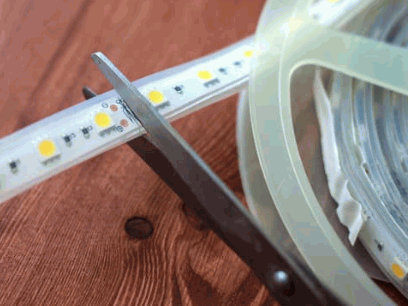
LED panels are efficient lighting solutions for office spaces and commercial buildings, providing uniform illumination, energy savings, and reduced maintenance costs compared to traditional lighting fixtures.
Moreover,
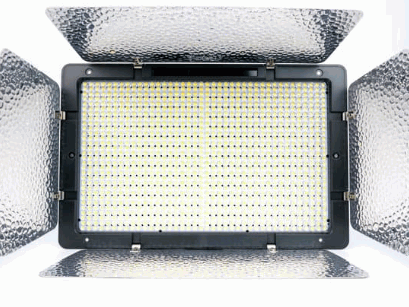
LED flood lights are ideal for outdoor venues and sports facilities, offering bright and uniform illumination, energy efficiency, and enhanced safety for nighttime activities.
These versatile lights are not only popular for use in stadiums and parking lots, but also find their applications in architectural lighting for highlighting building facades, landscape lighting to accentuate gardens and pathways, and even for security lighting to deter intruders. LED floodlights can withstand harsh weather conditions, making them a durable choice for exterior lighting installations. With advancements in technology, modern LED flood lights come in a variety of designs, sizes, and color temperatures to cater to different outdoor lighting needs.
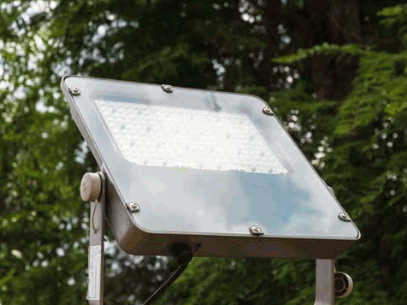
LED high bay lights are designed for high-ceiling spaces like warehouses and manufacturing facilities, providing efficient and focused illumination while reducing energy consumption and facility maintenance costs.
These lights are known for their durability and longevity, making them ideal for environments that require consistent and bright lighting. Their robust construction can withstand harsh conditions and high temperatures, ensuring they remain operational for extended periods.
LED high bay lights offer exceptional brightness and color rendering, enhancing visibility and safety in industrial settings. The focused light distribution helps minimize shadows and glare, creating a well-lit workspace for improved productivity and employee comfort.
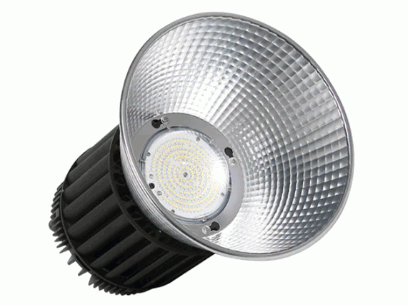
LED streetlights contribute to sustainability efforts in urban areas by providing energy-efficient and reliable lighting solutions that improve visibility, reduce electricity consumption, and lower carbon emissions.
By utilizing LED technology, cities are able to significantly decrease their energy usage compared to traditional street lights, resulting in substantial cost savings over time. The durability and longevity of LED lights mean less frequent replacements, reducing maintenance expenses and resource waste. These lights also offer superior brightness and uniform illumination, enhancing safety and security for pedestrians and motorists alike. As part of sustainability initiatives, municipalities are increasingly switching to LED street lights to meet environmental goals and create more eco-friendly urban landscapes.
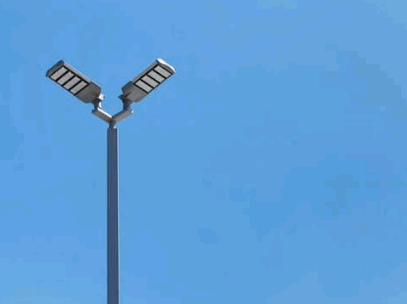
LED grow lights are essential for indoor farming and horticulture, offering precise light spectra for plant growth, maximizing yields, and ensuring a high return on investment (ROI) for growers.
These advanced lights are designed to mimic natural sunlight, providing plants with the optimal light they need for photosynthesis and growth.
The efficient energy consumption of LED lights results in cost savings for farmers in the long run, making them a sustainable choice for agriculture.
By controlling the light intensity and spectrum, growers can customize growth conditions, leading to healthier plants and higher crop yields.
